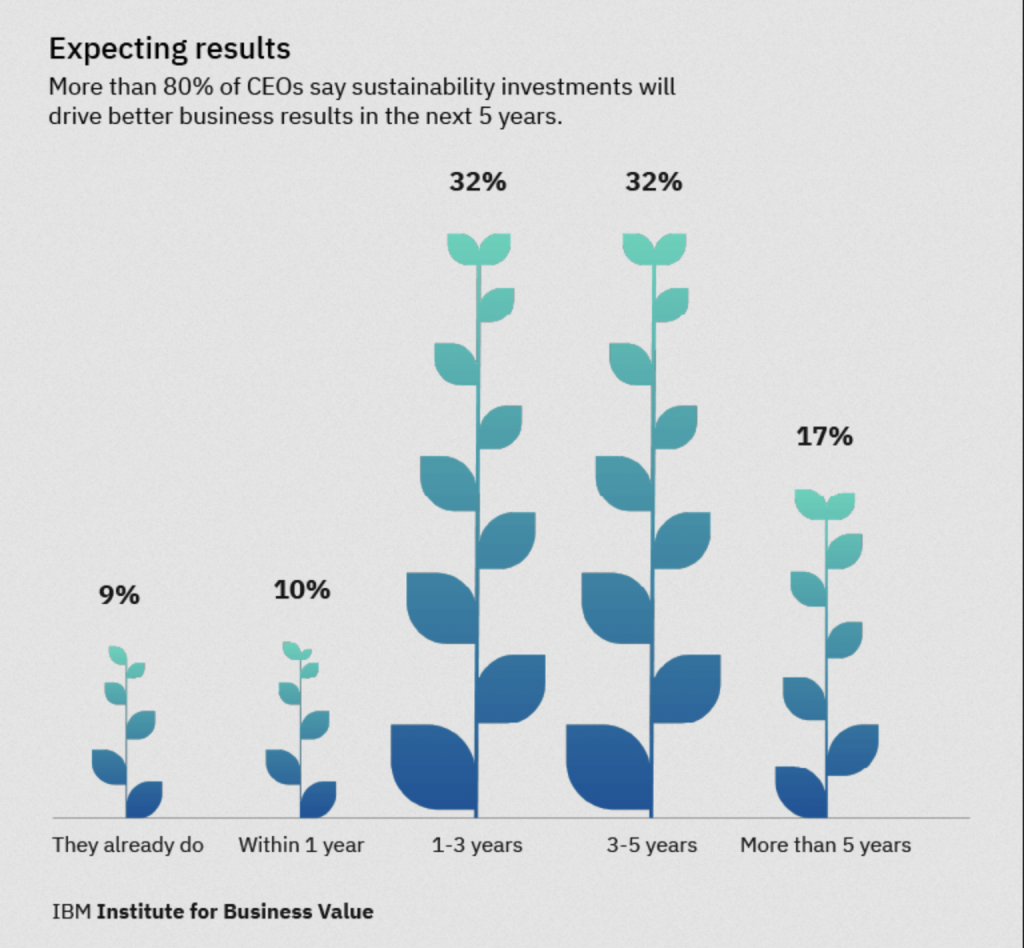Services
Your Answer to Enterprise Open Source Software Support is Already Here
December 9, 2019 | Written by: Jeff Chang
Categorized: Services
Share this post:

Open source is now becoming mainstream, with many enterprises seeing it as a necessary part of their infrastructure.
The motivations are several. Besides lowering the cost of total ownership, open source can help to accelerate agile application development, drive IT infrastructure modernization, and become a foundation for digital transformation.
A Forrester Study1 noted that 90% of enterprises use two or more types of open source technologies. 55% of enterprises use five or more types of open source software and frameworks. The top uses are cloud platform and infrastructure automation, databases, and development platforms and container orchestration.
So chances are, you may already be an avid user of open source. You just may not know it. The challenge is then not about using open source, but unlocking its full benefits and ensuring the right enterprise support.
Understanding the Enterprise Concerns
When it comes to enterprise support for open source software, there are many misconceptions. The main reasons are that open source support is unlike commercial software.
First, many enterprises see open-source support as fragmented, with their teams engaging different communities for each software or platform.
Different open-source licenses add to the complexity. You have the Linux Operating System, commercial open-source system, and community open source software licenses, each having its own support structure and communities.
Essentially, enterprises are looking to avoid the “blame game.” They want to resolve an issue and not be bogged down by different vendors pointing fingers at each other.
Add interoperability concerns, lack of experts, always-on requirements, and you can see why many enterprises feel open source support is challenging.
The Answer is Already Here
The truth is that enterprise-grade open source support already exists — and it has for some time. Companies like IBM have already built comprehensive open-source software support.
The problem, as the Forrester study noted, is one of awareness. It noted that more than half of enterprises (53%) are not even aware of dedicated third-party support services for open source technologies.
IBM tackles the fragmented support head-on by managing multiple open-source vendors, license regimes and providers. By having a single contact point, enterprise teams can gain expert advice for resolving issues quickly. They also do not have to worry about keeping pace with the new skills needed.
A single support vendor also means that in-house IT teams do not have to mine various community support feeds to get to the right answer. IBM experts will find the correct solution for you, regardless of open source software you are using.
Open Source Support Traits
So what makes IBM’s open source support different?
First, it is designed to be flexible. For example, IBM’s open-source software support has four main components — remote technical support to reduce time and complexity, proactive support to minimize downtime, consulting and training to enable faster innovation by gaining access to expertise, and advisory services for long-term success. Together, they allow enterprises to grow their support as their business needs demand.
This is especially critical in today’s market environment where noncompliance, delayed application production, and customer dissatisfaction can have massive hits on both the company top and bottom lines. IBM’s approach to simplifying open-source support puts enterprises in control of their IT environment.
With remote support, around-the-clock options, rapid response times, competitive pricing, and the ability to meet different service level objectives, enterprises can confidently maximize their open-source advantage. And they achieve this regardless of whether it is Linux, commercial open-source software, or community open-source software.
Next steps
So, how do you begin? The answer depends on the importance of open-source software in your enterprise environment.
Step 1: Find out whether your open-source support strategy fits your needs.
Step 2: Let IBM help you understand your priorities and challenges.
Step 3: Learn how you can unlock the full benefits of open source by partnering with us.
Watch this webinar to learn how you can address open source support challenges.
For more information of IBM Open Source Support, you can visit here.
Source:
- A commissioned study conducted by Forrester Consulting on behalf of IBM, September 2019

Executive, TSS, GTS, IBM Hong Kong
IBM專家觀點:從ChatGPT走紅,談企業需要甚麼樣的人工智能 —— 從「百事通」到「業務助手」
ChatGPT火爆出圈 最近幾週,AI業界最大的新聞無疑是ChatGPT橫空出世,從而引發的業界震動。 市場上有大量的評論文章,有把它描述成無所不能的,大有代替人類職業之勢; 也有提出擔憂,某些頂級學術雜誌和知名高校已經明確限制AI作者發表論文和科研成果。
ASL Optimizes Application Performance with IBM AIOps Solution
Organizations are now accelerating their digital transformation, therefore transforming the application landscape and making it more hybrid and complex. However, Hong Kong has seen a shortage of tech talent in recent years, presenting several key challenges to organizations when managing their applications. The talent shortage is an urgent concern that is currently slowing […]
Putting Sustainability at the Heart of Business as the Key to Success
Increasingly, we are witnessing climate change play a growing role in staying abreast in a competitive business market. Just late last year, the Hong Kong government announced the Hong Kong Climate Action Plan 2050, setting out the vision for achieving carbon neutrality before 2050, with an interim target to reduce carbon emissions levels by 50% […]
